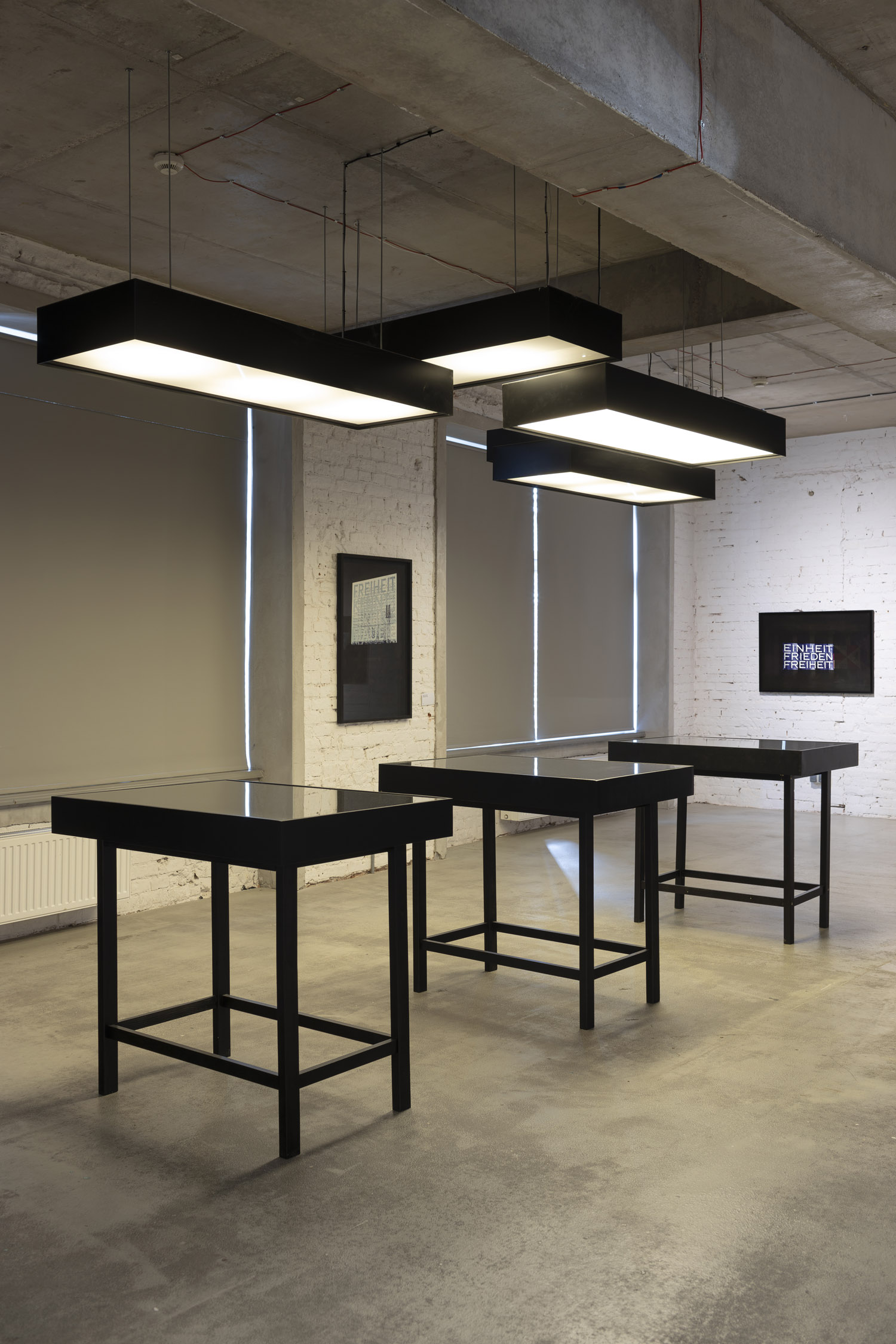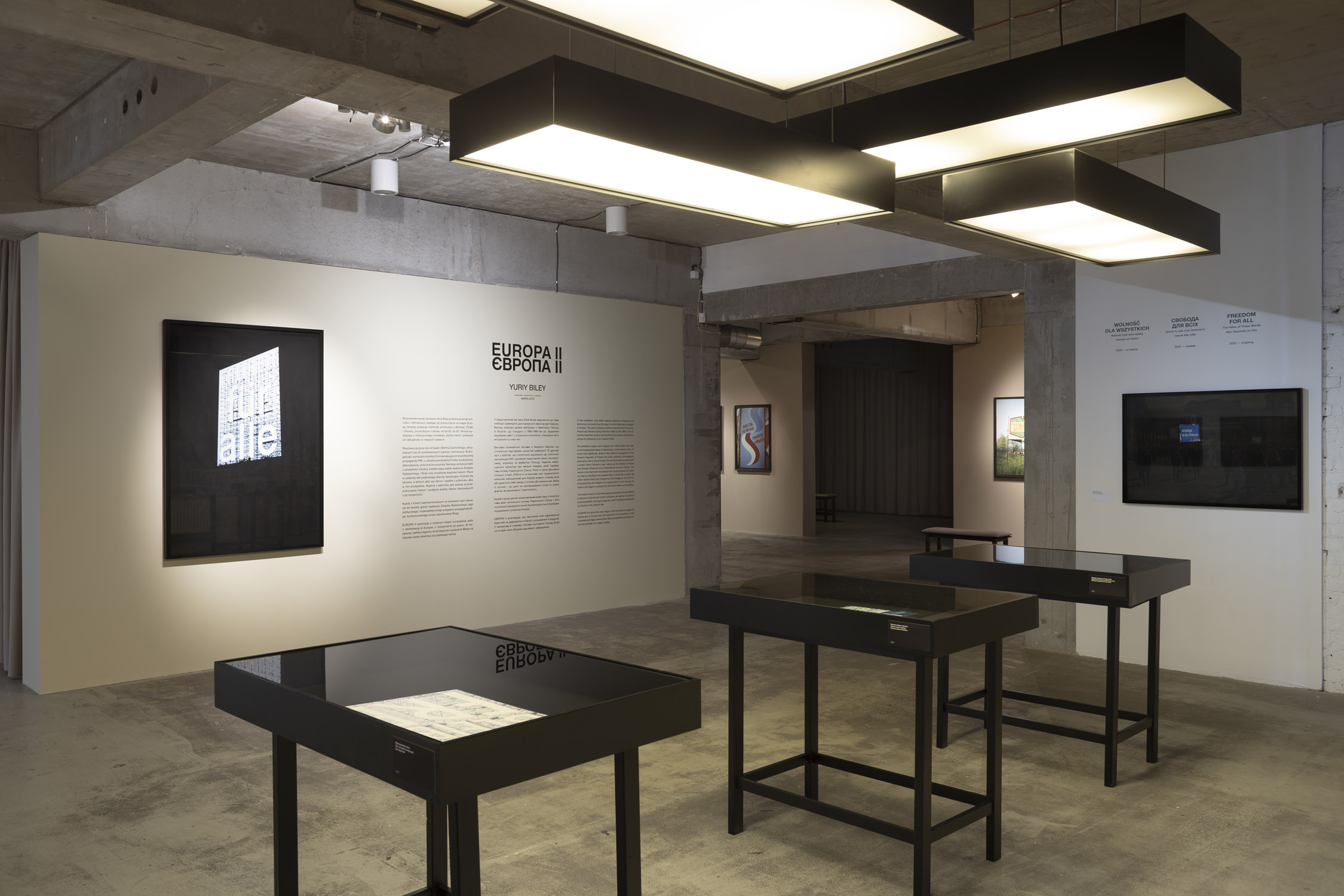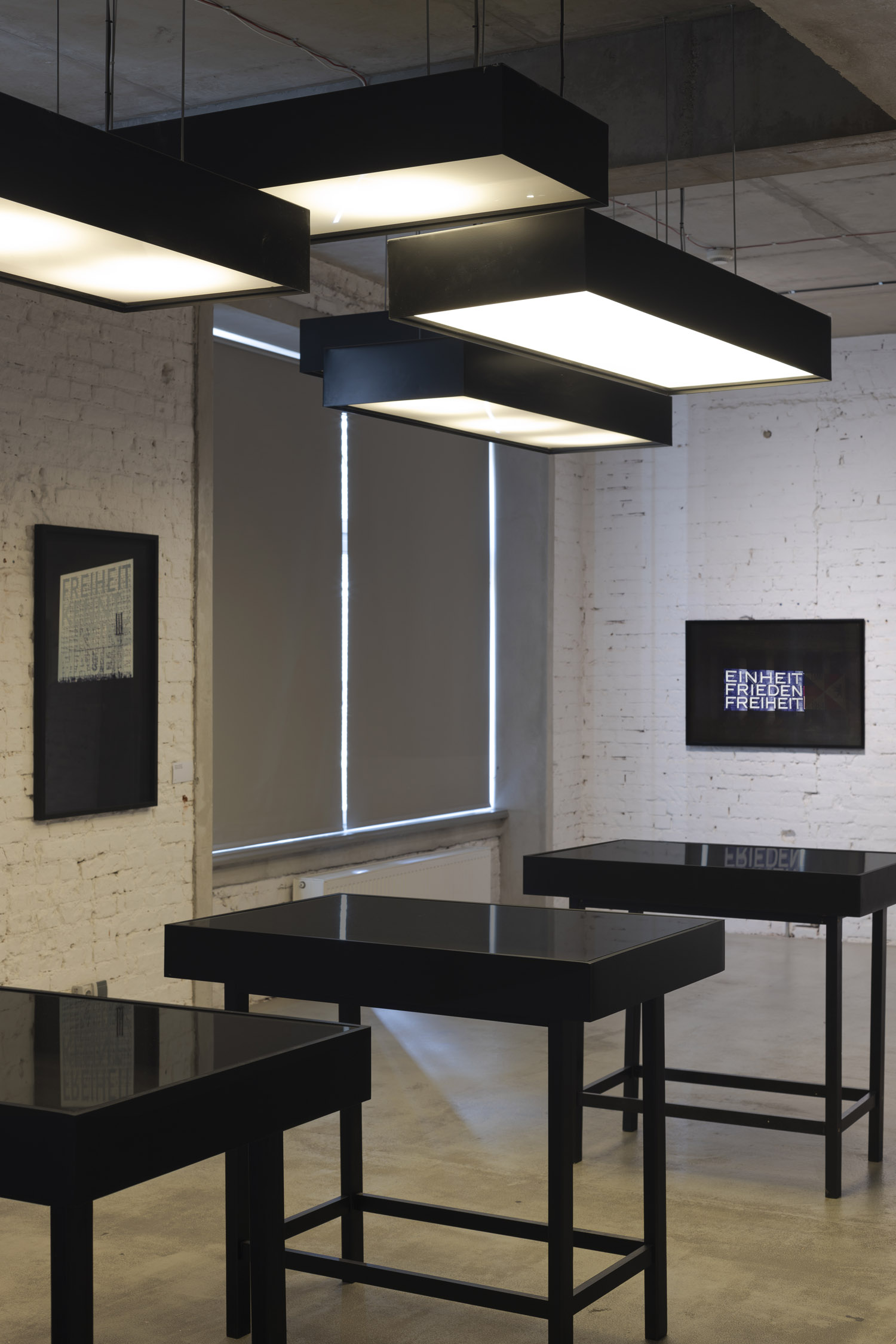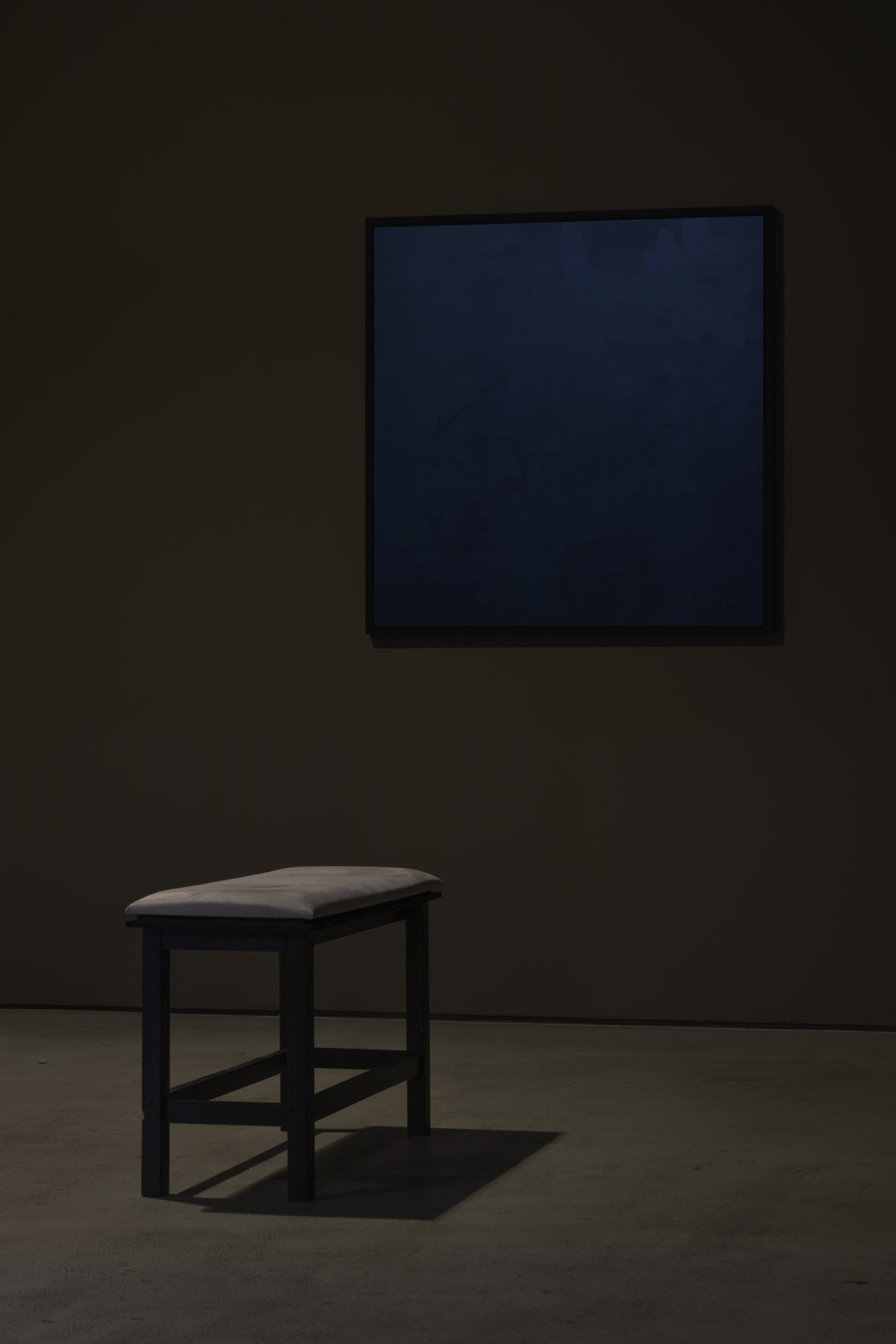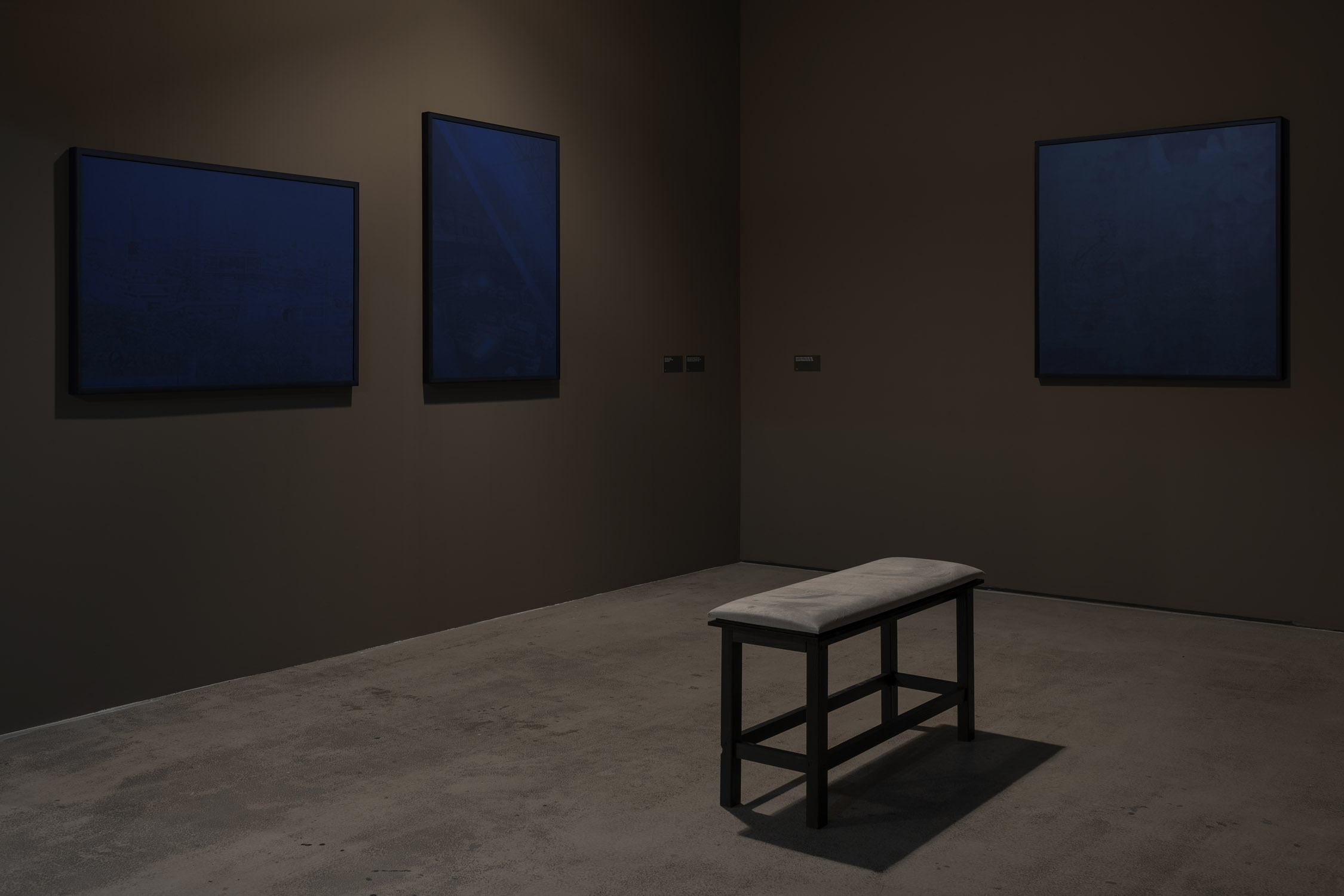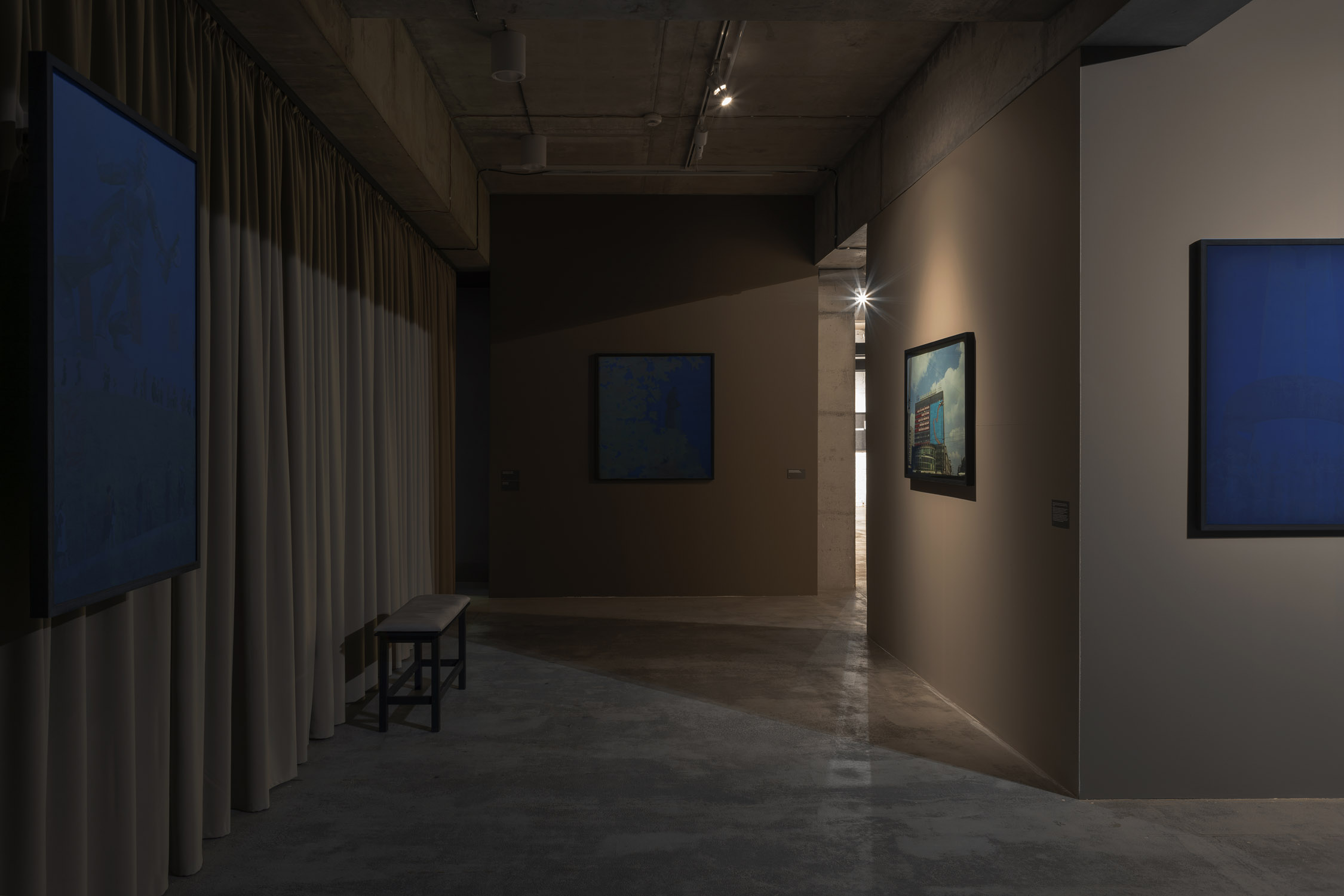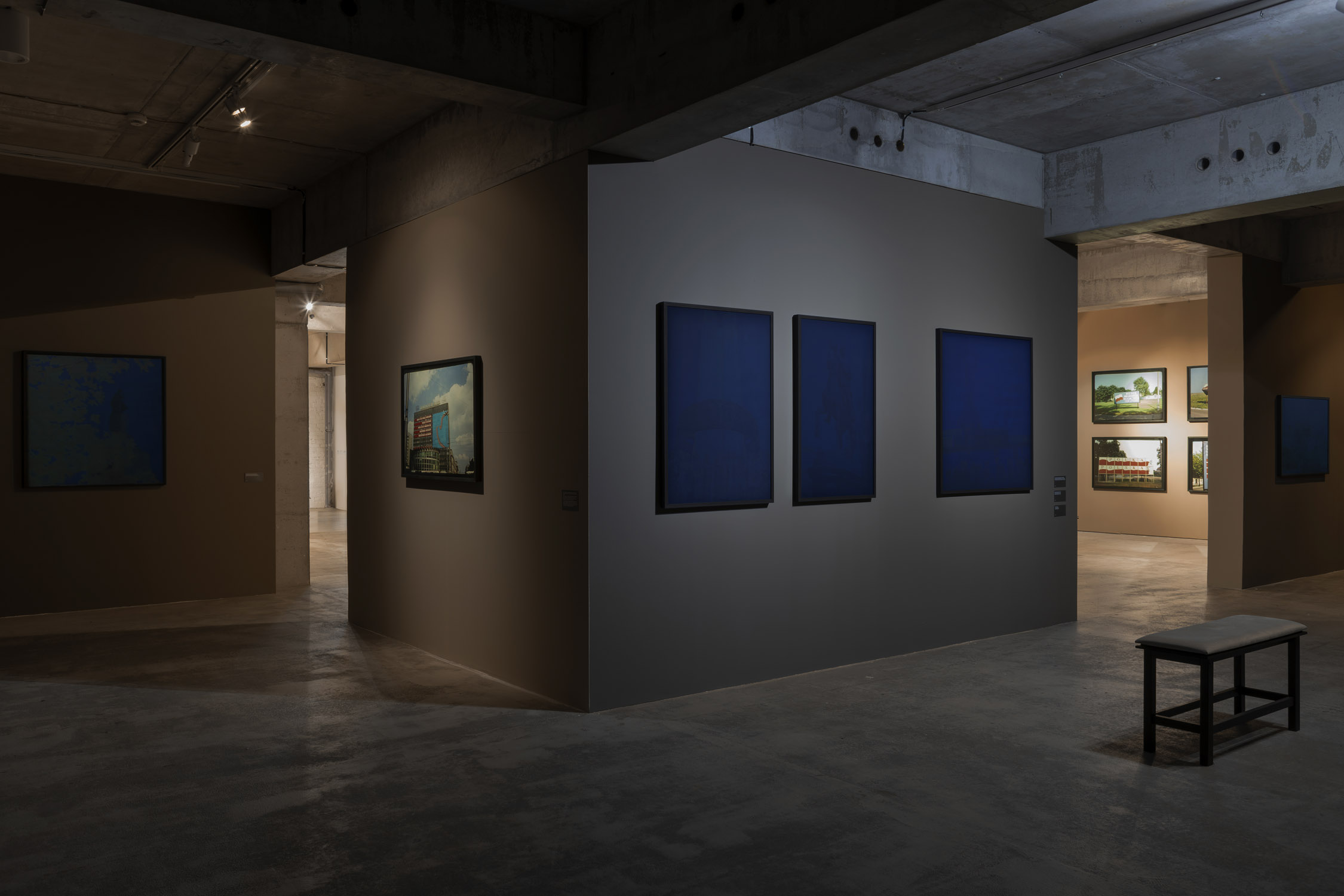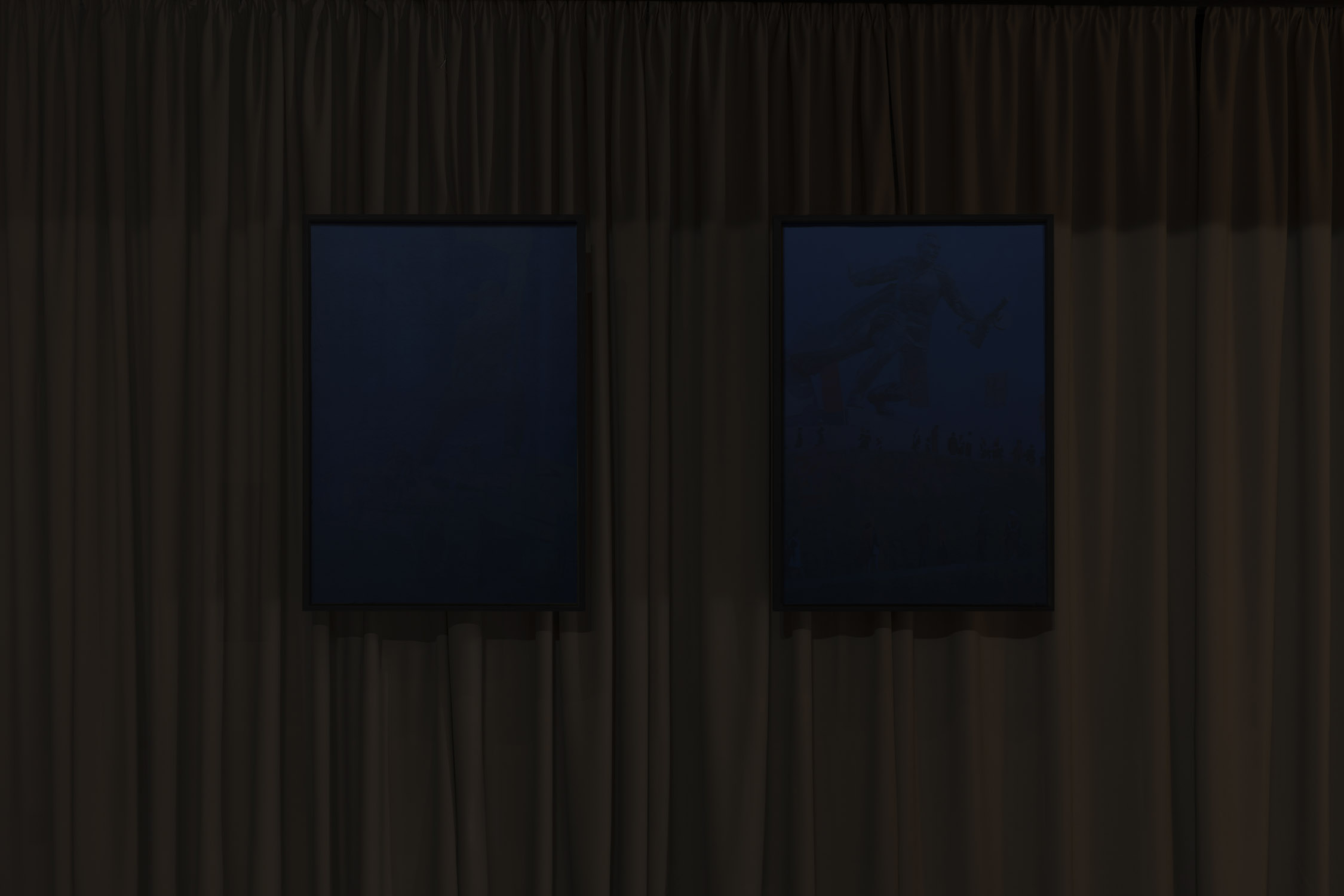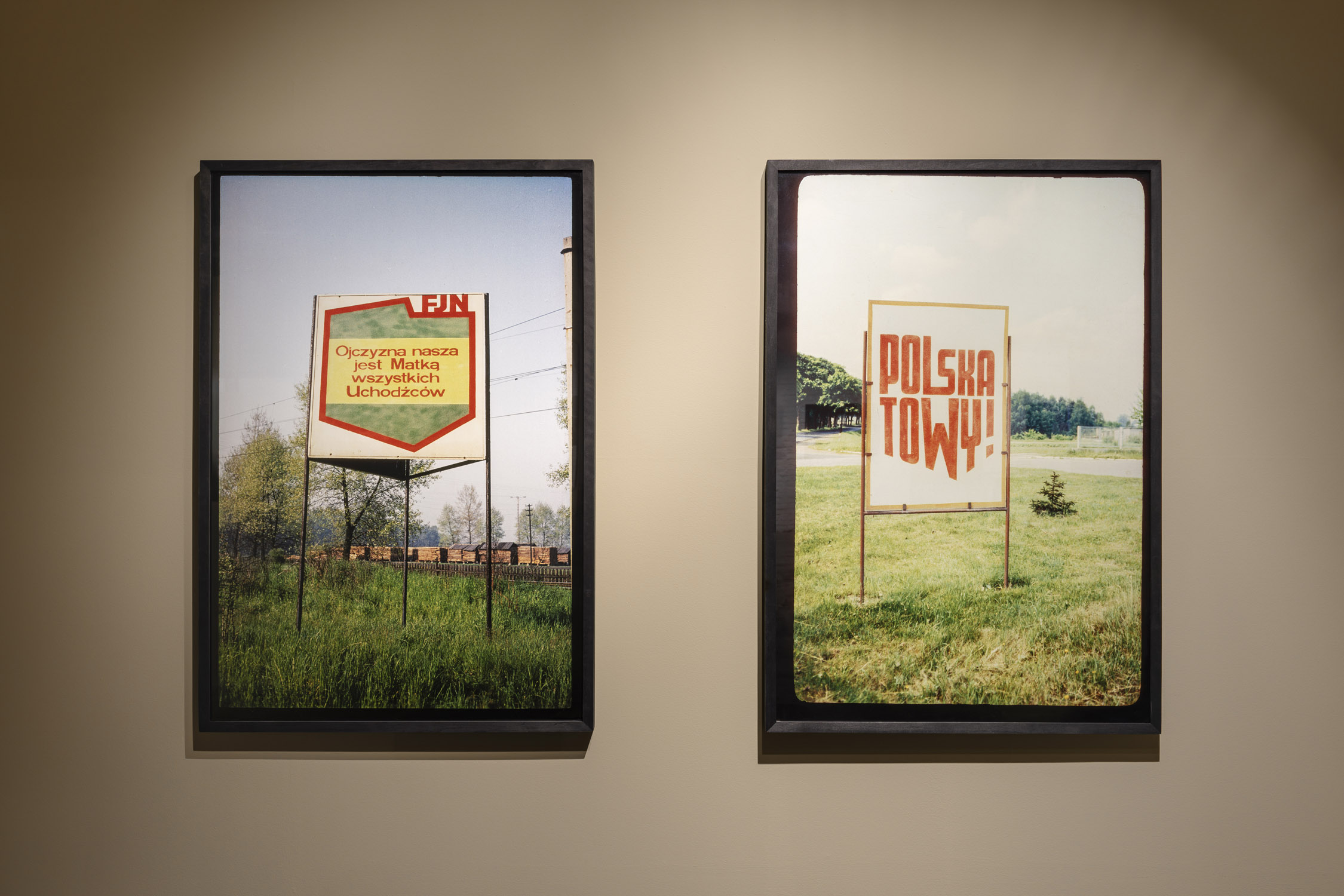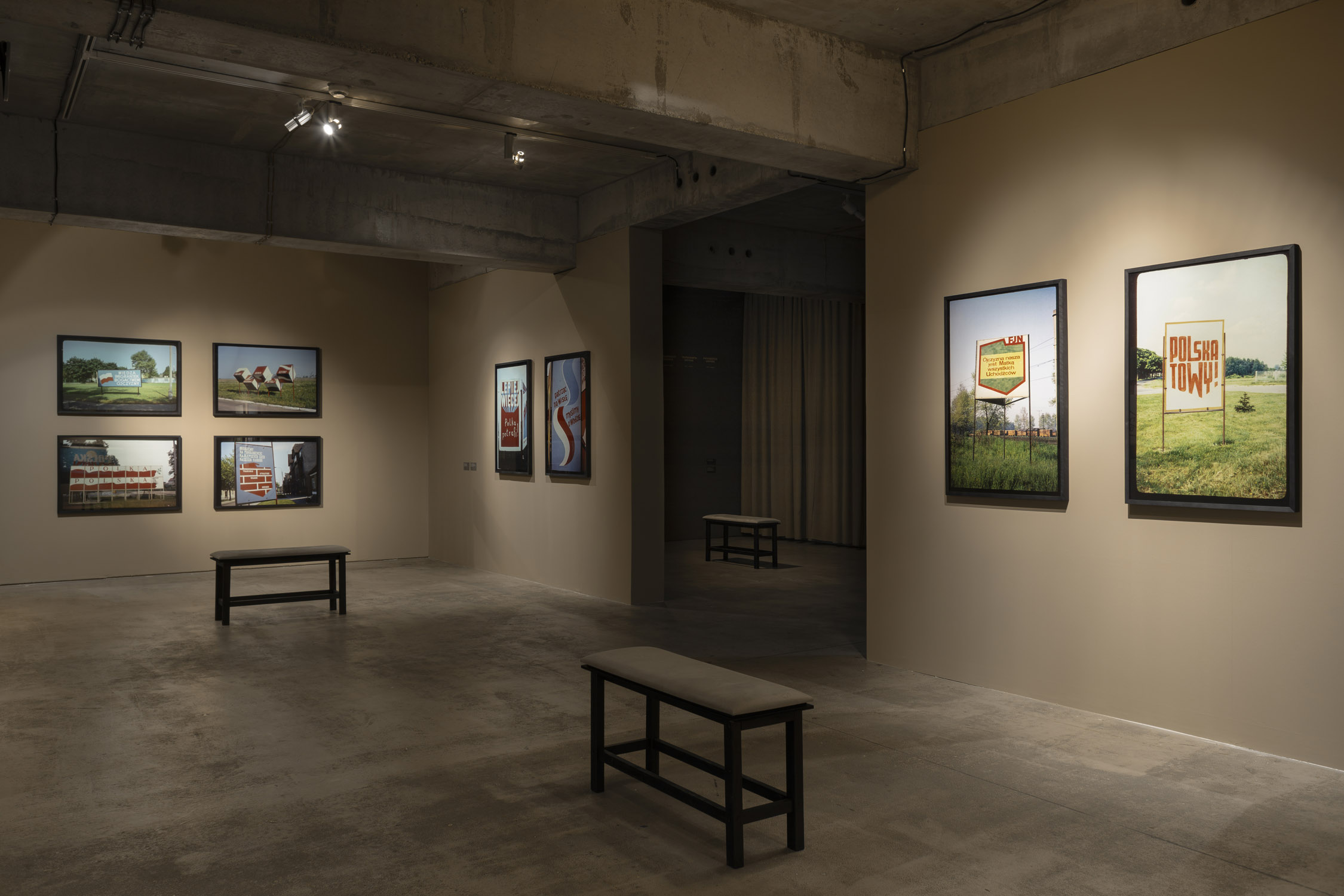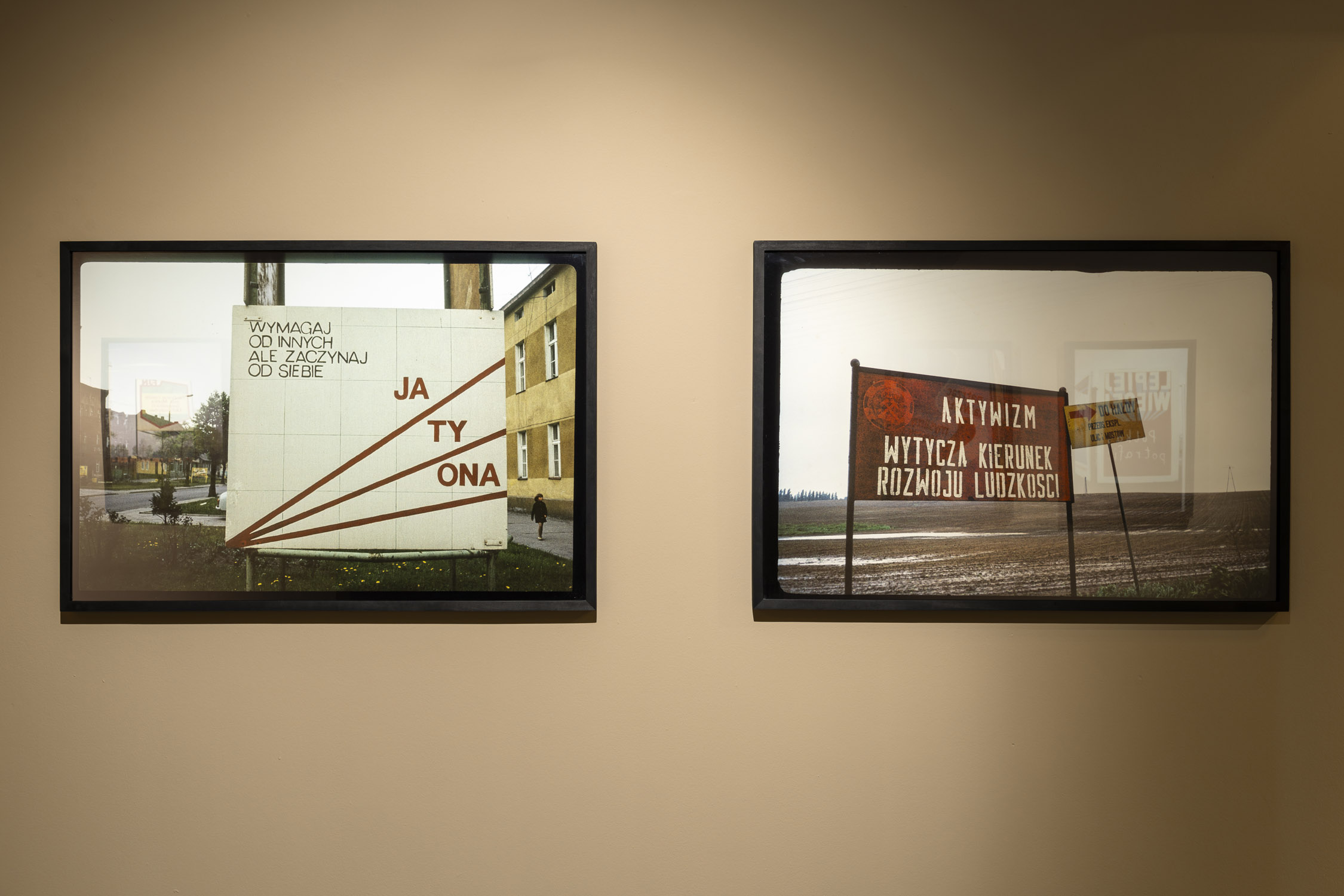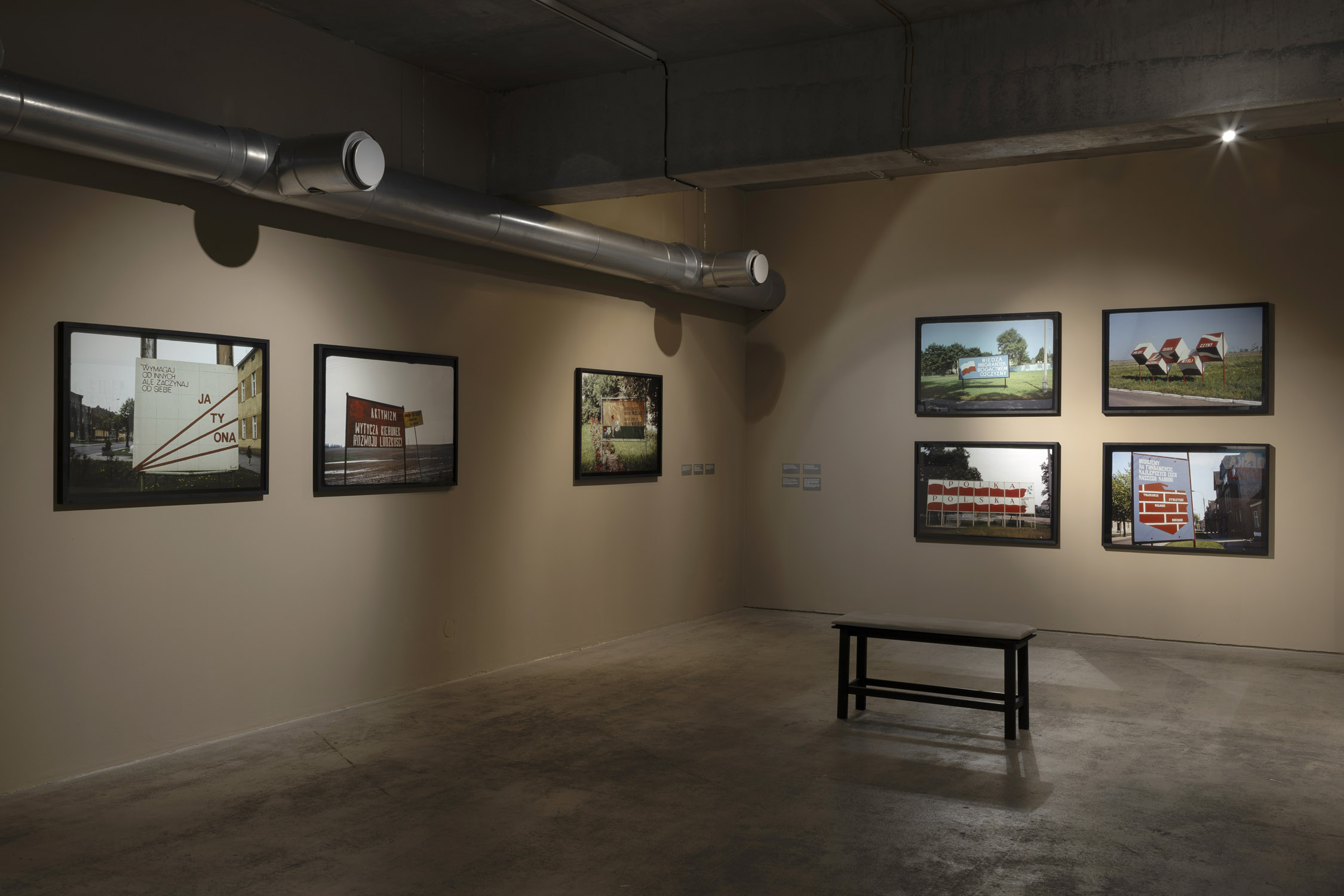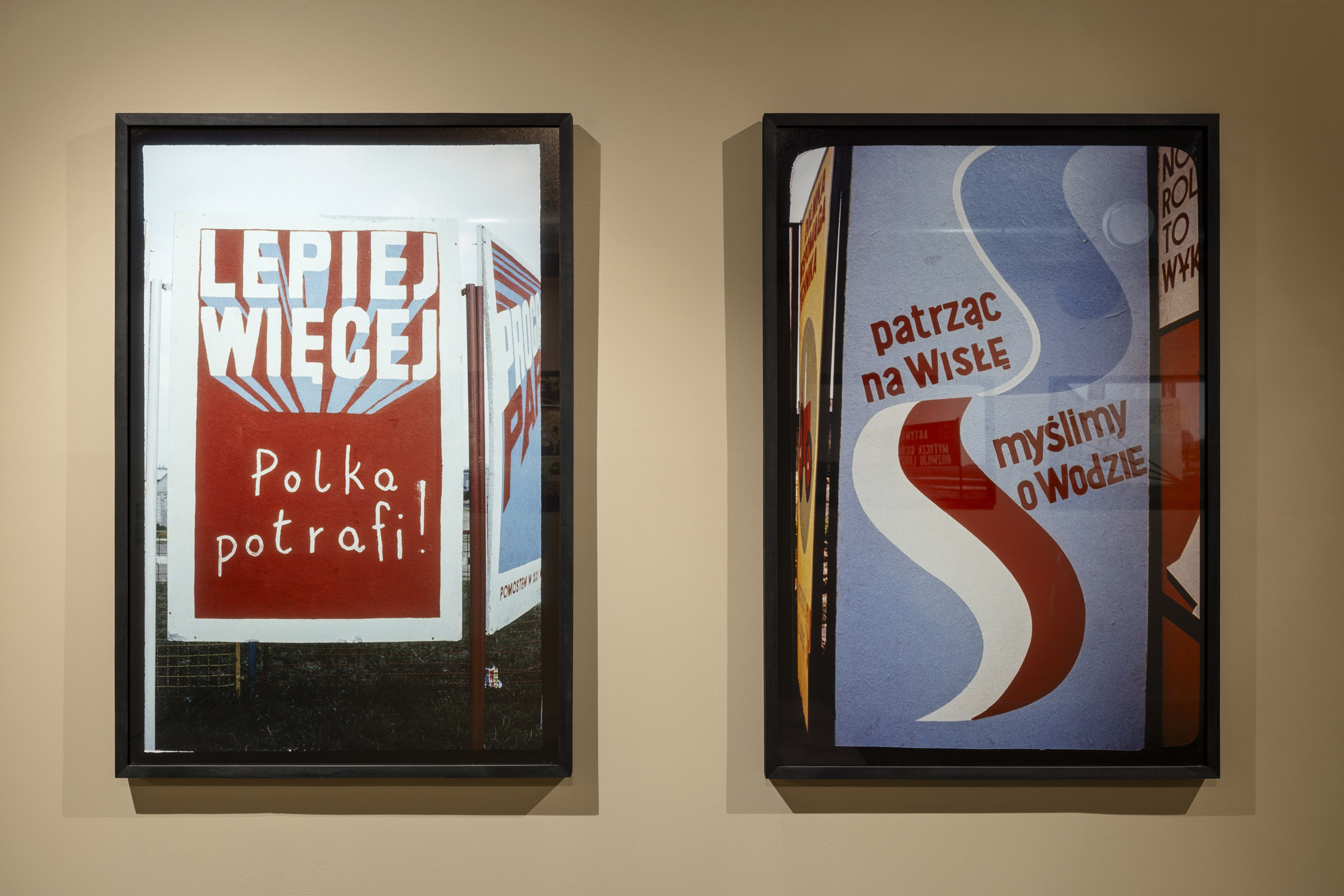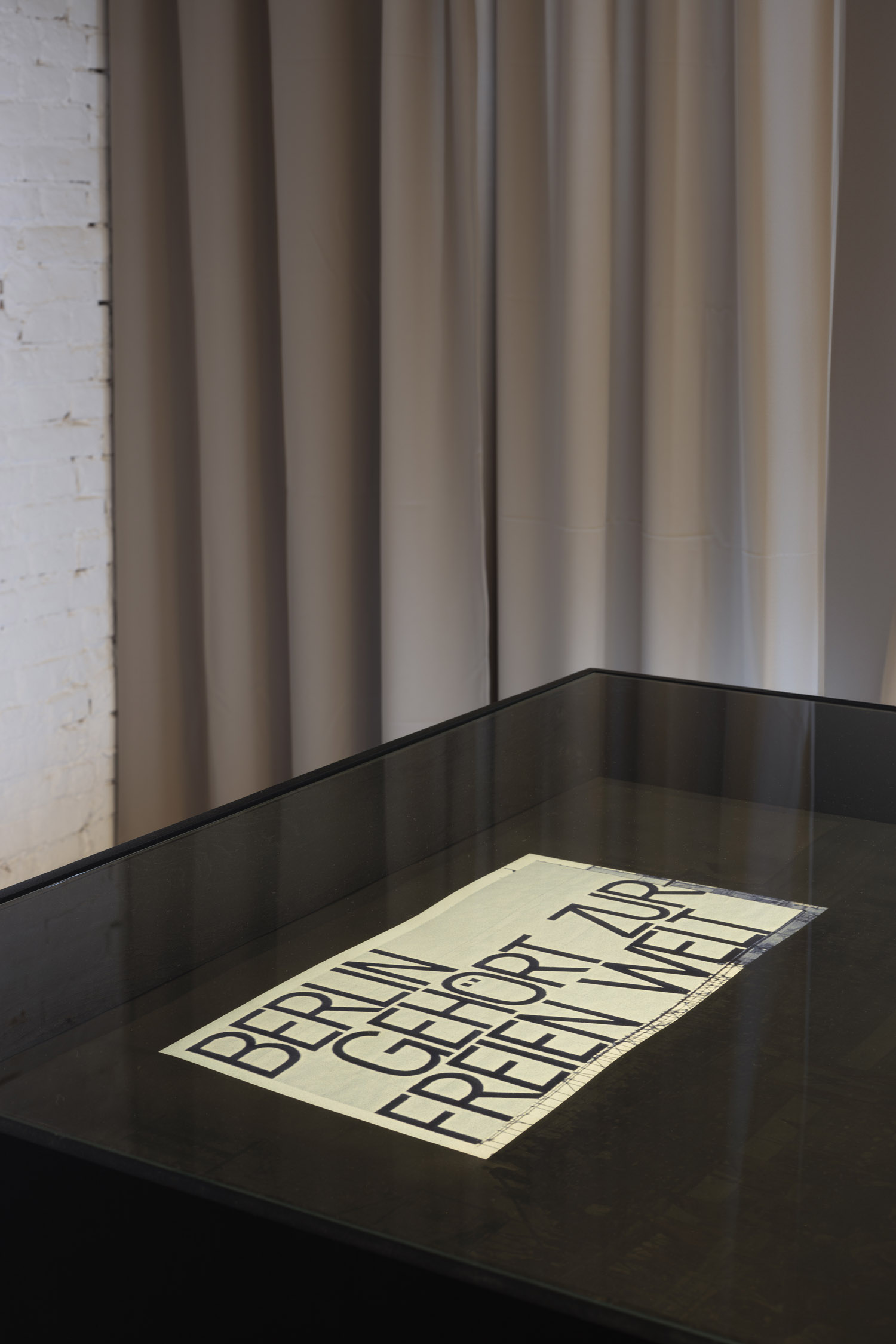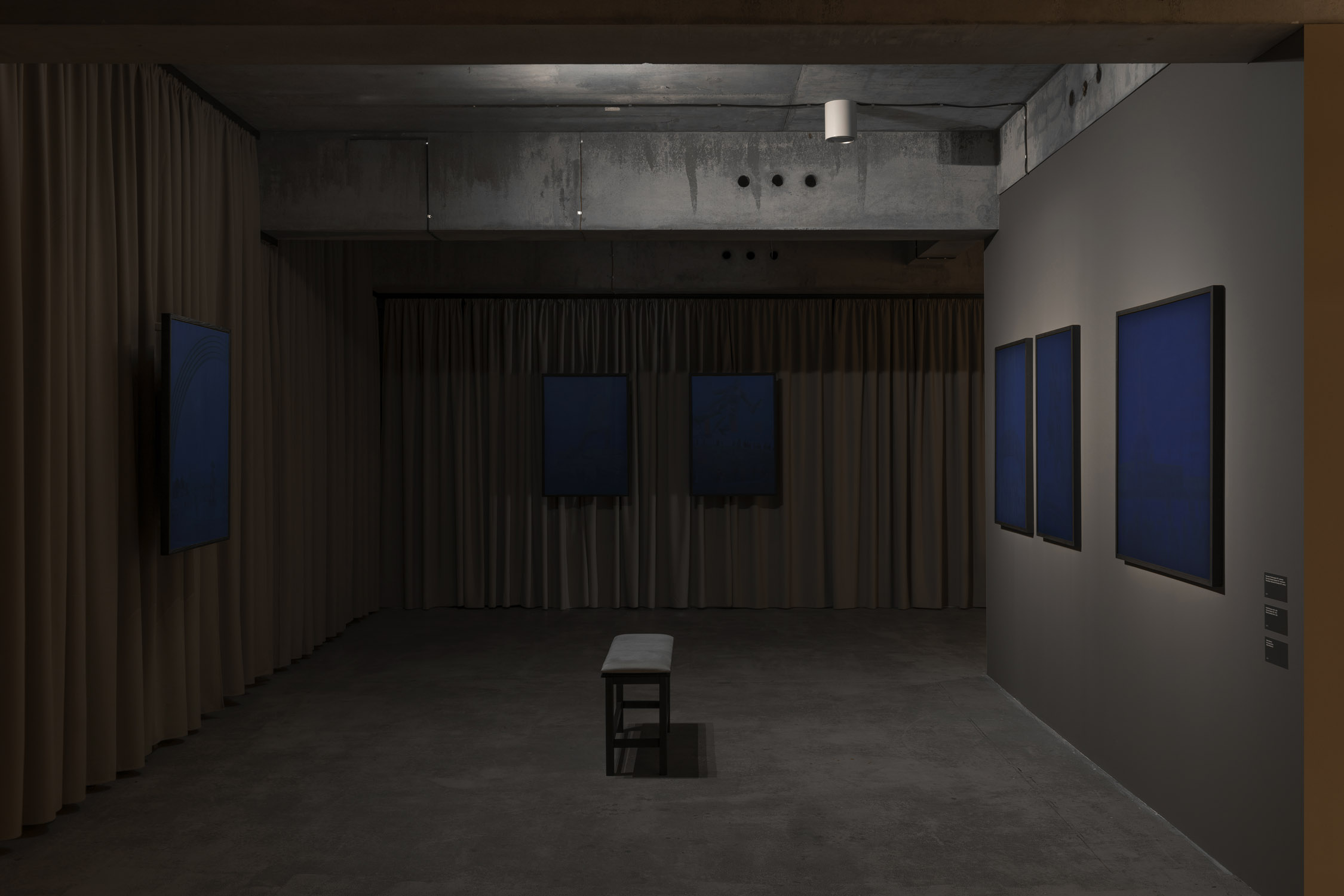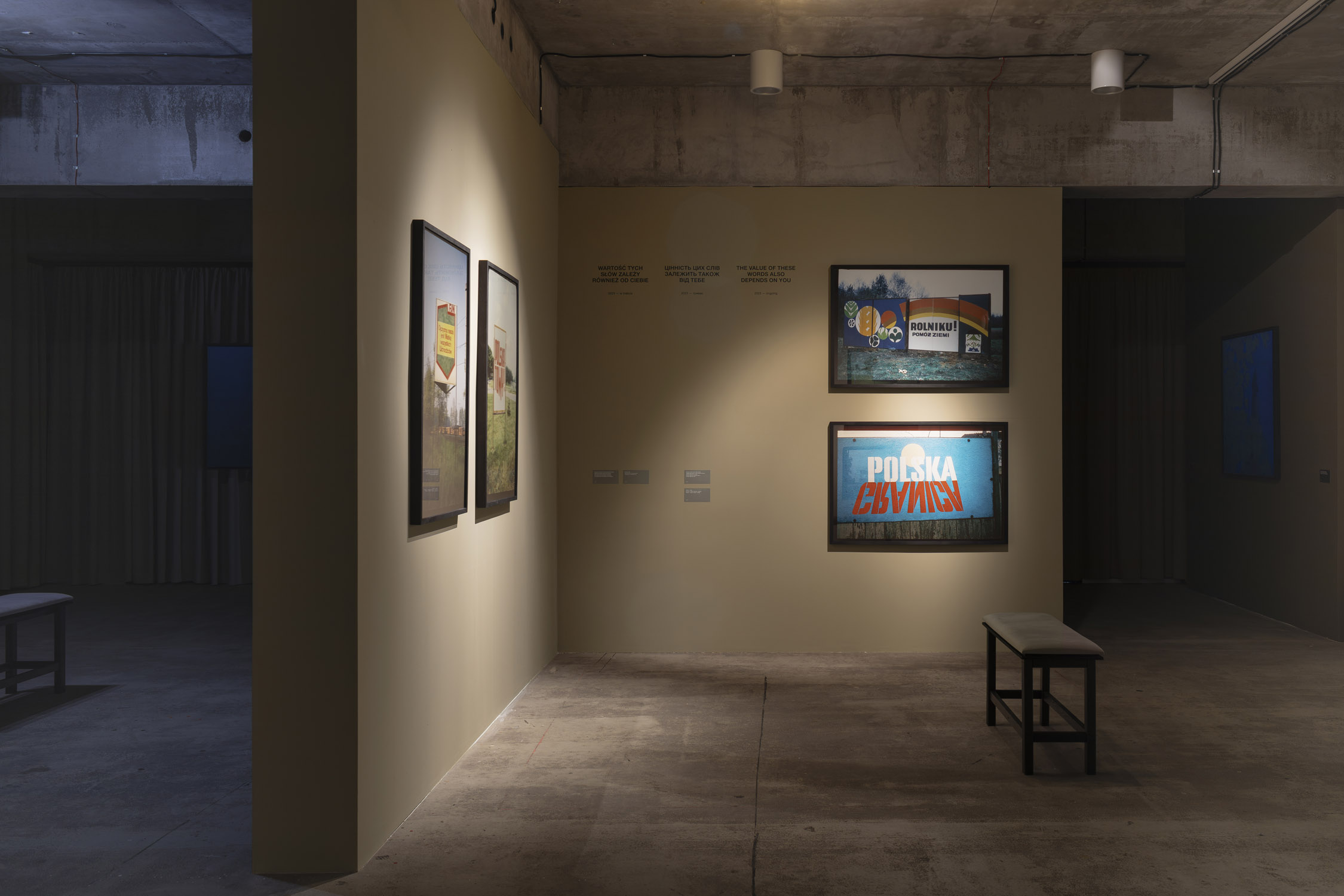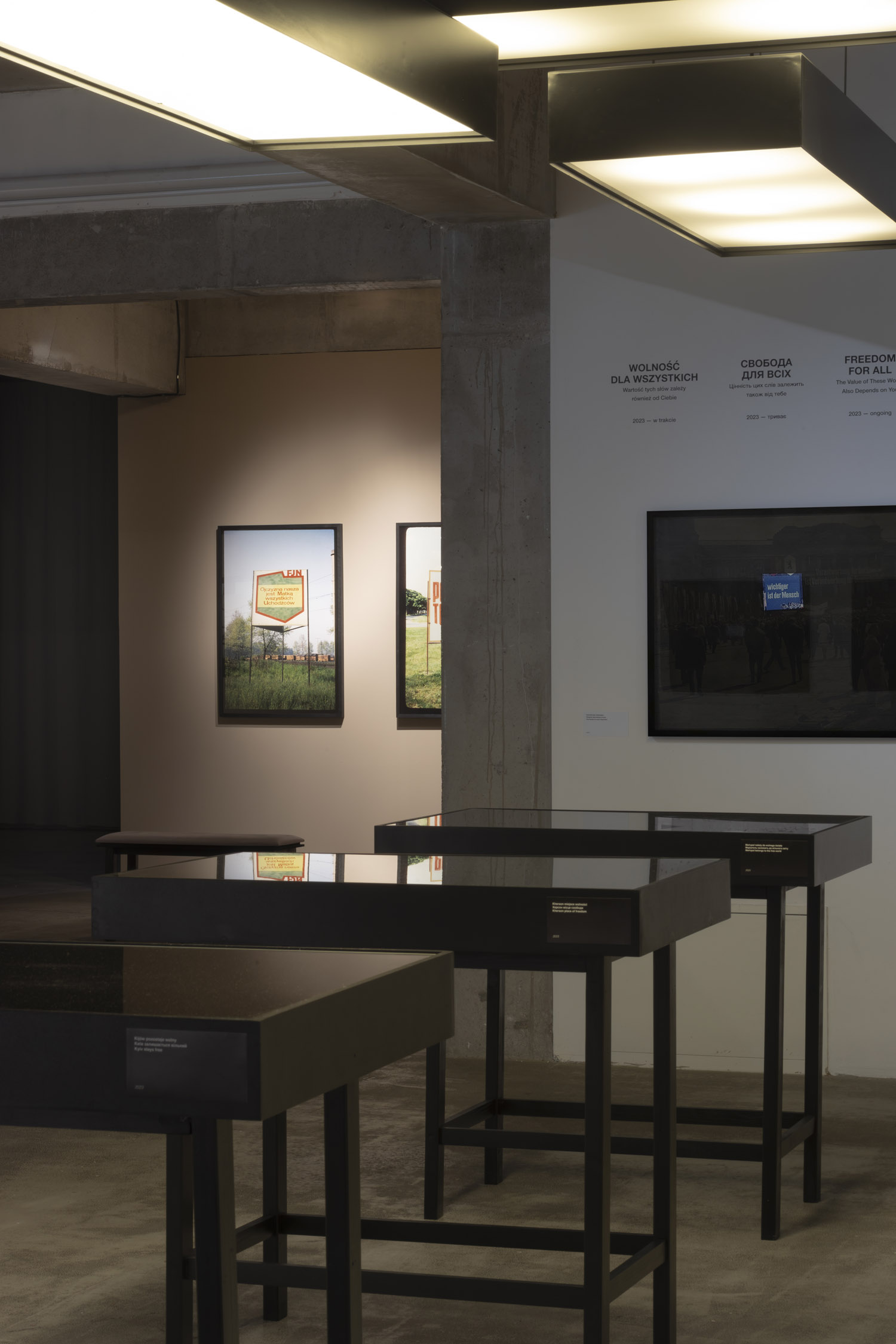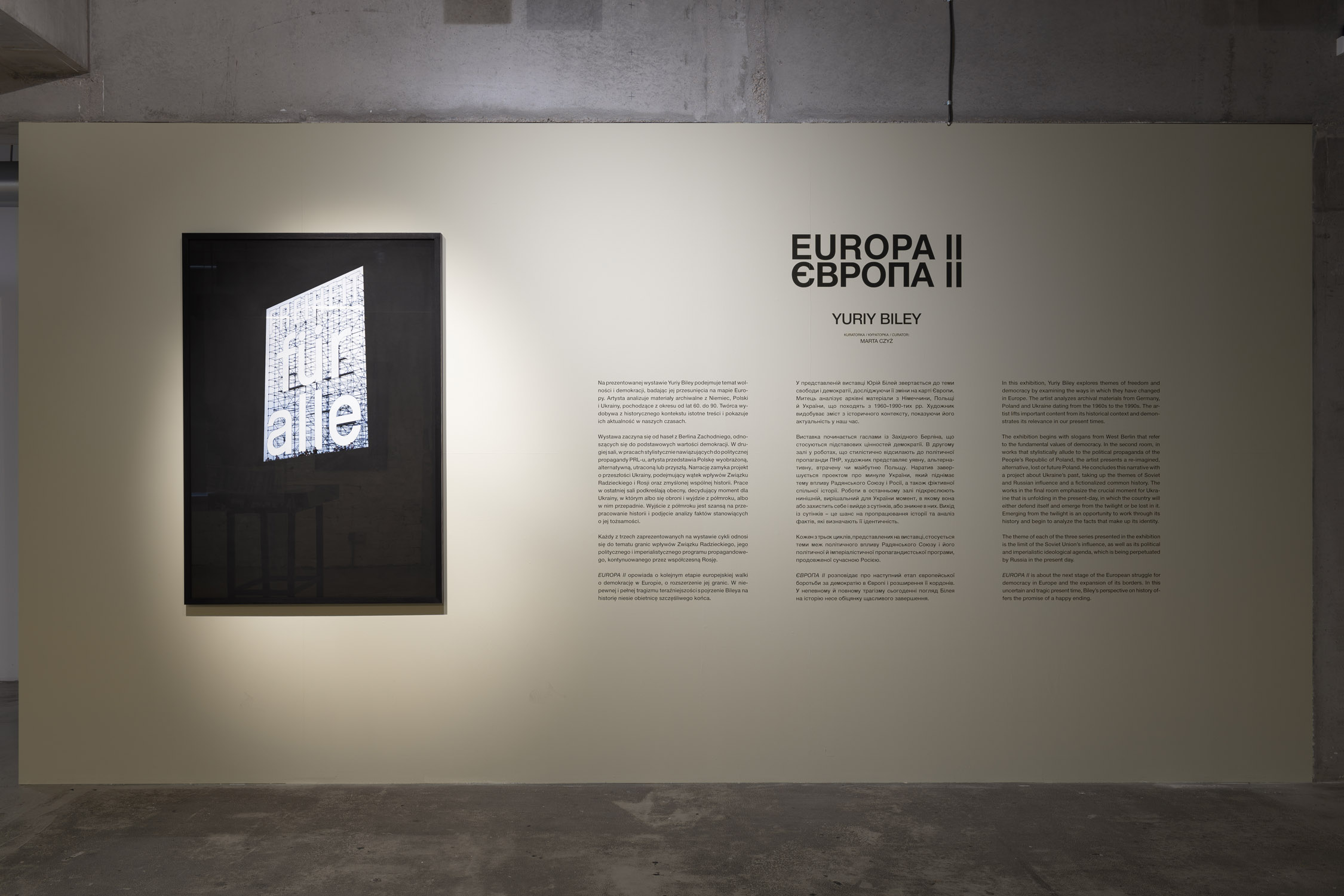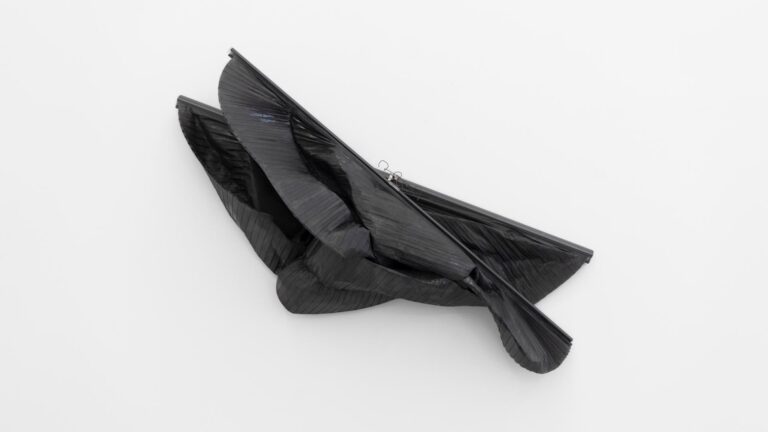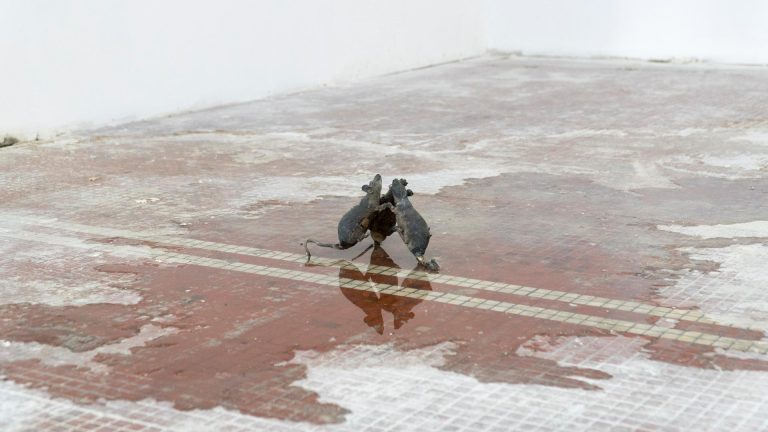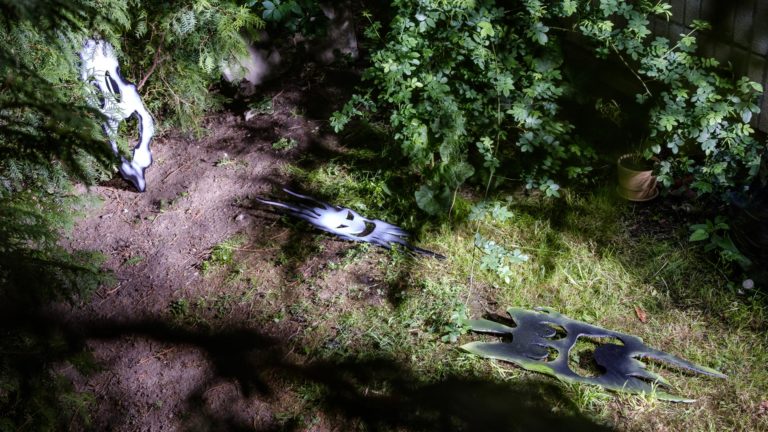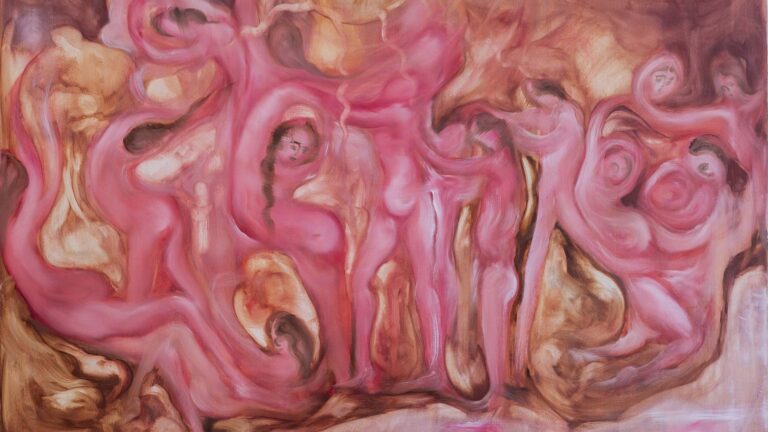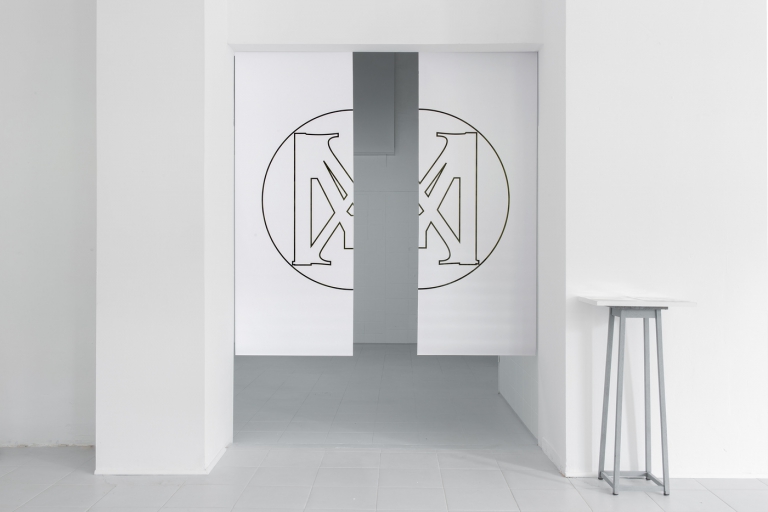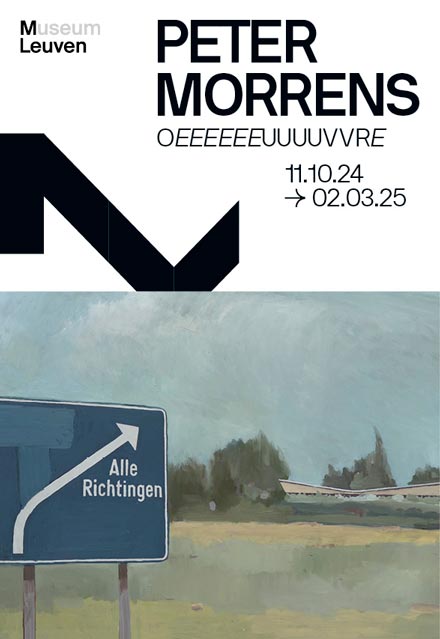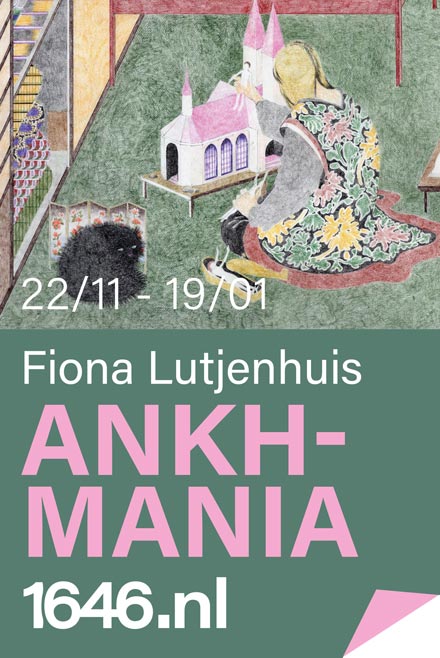Artist: Yuriy Biley
Exhibition title: Europa II
Curated by: Marta Czyż
Venue: Studio BWA Wrocław, Wrocław, Poland
Date: March 22 – June 16, 2024
Photography: all images copyright and courtesy of the artist and Studio BWA Wrocław
Note: Exhibition booklet is available here
This exhibition of Yuriy Biley’s work tells the story of the pursuit of independence by three European countries to which the artist is personally connected: Ukraine, Poland and Germany. Biley describes their struggles from the perspective of both an outsider and an insider, an emigrant and an immigrant. In the works presented in this exhibition, he analyzes the visual culture of selected moments in history not through the context of pivotal events, but rather by examining the less obvious processes that led to them. In the exhibition at Studio BWA Wrocław, Yuriy Biley takes up the themes of freedom and democracy and explores how they have transformed and shifted in Europe, through an analysis of archival material dating from the 1960s to the 1990s. He begins with Rolf Goetze’s photographs documenting the major events of the Cold War, including the mass protests in West Berlin. Biley then turns his attention to the propaganda slogans photographed by Władyslaw Hasior in his Roadside Poetry series. He concludes the narrative with
a project based on photographs from Soviet postcards and albums, presenting the key themes of the imperialist propaganda agenda that was implemented in Ukraine for decades. Each of the three series presented in the exhibition addresses the limits of the Soviet Union’s political.
influence – and, later, that of contemporary Russia, which is continuing its traditions. They also address the limits of democracy flowing from the West, which do not correspond to geographical borders. This fluid influence proceeds slowly from west to east. Yuriy Biley examines these processes from a historical perspective. He reflects on the extent to which they have the potential to repeat themselves today, when Ukraine, as the eastern outpost of European democracy, is fighting for its independence. Unlike the citizens of the other aforementioned countries, Ukrainians are currently engaged in a full- -scale war, the likes of which Europe has not experienced since the Second World War. In this tragic and uncertain time, Biley’s perspective on history offers the promise of a happy ending.
***
The artist juxtaposes several ways in which propaganda has been represented: documentary photography, photographs printed on postcards, and photographs published in albums. The archival materials that he has selected effectively relate to the themes of the exhibition and illustrate the processes that culminate in an artistic vision of the victory of democracy. In the series FREEDOM FOR ALL, drawing on journalistic photography, Biley highlights the slogans that appeared at mass protests in West Berlin at the height of the Cold War and during the construction of the Berlin Wall. These are the slogans that on November 9, 1989, were victorious against the faltering structure of a state divided between the Allies and the Soviets. Berlin had come to symbolize Europe’s division between democracy and communism. When the wall finally came down, its remaining fragments became a symbol of the fall of communist totalitarianism. THE VALUE OF THESE WORDS ALSO DEPENDS ON YOU extracts the irony inherent in the propaganda slogans that were present in Poland’s public space during the communist period. In a series of digital collages that stylistically make reference to the political propaganda of the late 20th century, Biley depicts an imagined, alternative, lost or future Poland. PICTURESQUE UKRAINE is the title of the third series in the exhibition, which makes reference to Taras Shevchenko’s series of etchings from 1844, expanded and divided into themes: Ukrainian history, folk life, customs, folklore, nature and monuments, with Biley focusing particularly on history and monuments. The artist deliberately chose Shevchen- ko, inspired not only by his work and life story, but also by the figure of this artist as a symbol of Ukrainian identity. In Biley’s works, the statues and monuments that were supposed to create
a shared Soviet history are depicted in the murky gloom of twilight. The shared Soviet history was a concocted story based on manipulation, misrepresenting both the origins of Ukraine and the significance of pivotal moments in history, such as the so-called Great Patriotic War, which replaced World War II in the narrative propagated by the Soviet Union. This period lasted from 1941 to 1945 and ended with the Soviet victory over the Nazis. The emphasis on the joint victory was meant to further strengthen the bond between the Soviet nations, and it was accentuated by numerous monuments to the friendship between them. This project, which was also continued by the Russian Federation, ended in failure. Today, the war to destroy Ukrainian independence continues. It is important for Ukraine to permanently remove its falsified history and consciously cut itself off from all Russian influence. Actions that Germany and Poland accomplished in a manner that was peaceful, though revolutionary, are now impossible in Ukraine. Tracing the outline
of history, Biley analyzes the various visual motifs that accompanied it, and draws attention to the importance of rethinking pivotal moments in history and their various aspects. Biley emphasizes that the next stage in the fight for democracy’s new borders in Europe has now begun.

